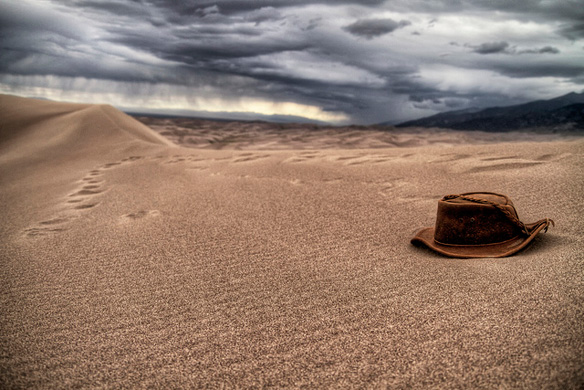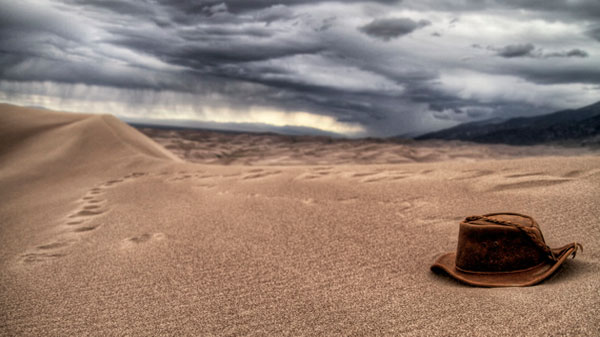
“Face the Storm.” Photo source: ©© Zach Dischner
Fracking, the latest craze in the quest to produce oil and gas, has been blamed for environmental problems ranging from flammable tap water to minor earthquakes. Now a new risk is emerging: sand mining. To squeeze hydrocarbons out of shale through hydraulic fracturing of the rock, the process known as fracking, producers need to pump an enormous amount of sand into the ground.
Excerpts;
“California still has zero regulation to protect our health and water from dangerous fracking, but that’s not stopping the Bureau of Land Management from auctioning off almost 18,000 acres of land for oil drilling and fracking next week.
Fracking contaminates precious water with toxic chemicals,2 generates cancer-causing air emissions,3 and in California could pollute crucial agricultural water and lands in the Central Valley, as parts of Monterey, San Benito and Fresno counties are being auctioned off.
California’s environmental regulators are still drafting fracking regulations and fracking is exempt from many critical environmental laws like the Clean Water Act and the Safe Drinking Water Act, so the BLM’s rush to auction off federal mineral rights puts Californians totally at the mercy of the fracking industry and should not move forward.” —Credo Action
Tell Bureau of Land Management California State Director James Kenna: Don’t frack California.
Read Full Article, Credo Action
EPA Implicates Fracking In Pollution
The U.S. Environmental Protection Agency announced Thursday for the first time that fracking, a controversial method of improving the productivity of oil and gas wells, may be to blame for causing groundwater pollution.
Environmentalists sue California to stop fracking, Reuters
Environmental groups sued the state of California on Tuesday in an effort to stop hydraulic fracturing as regulators attempt to devise new rules for the controversial oil and gas extraction practice. Fracking, or pumping chemical-laced water and sand into a well to open cracks that release oil and gas, has generated a fierce debate across the country, leading to bans in one state and several municipalities. Yet the industry insists the practice is safe so long as wells are properly built.
Drinking water for millions – including D.C. – at risk without stronger BLM fracking rules, NRDC
Are Earthquakes and Fracking Wastewater Injection Wells Related? EcoWatch
Method predicts size of fracking earthquakes, Nature Journal
Small earthquakes are a recognized risk of hydraulic fracturing, or ‘fracking’, a procedure in which companies unlock energy reserves by pumping millions of litres of water underground to fracture shale rock and release the natural gas trapped inside. Researchers now say that they can calculate the highest magnitude earthquake that such an operation could induce — though it won’t determine the likelihood of a quake occurring.
Sand mining Is Booming Along With Fracking
Fracking, the latest craze in the quest to produce oil and gas, has been blamed for environmental problems ranging from flammable tap water to minor earthquakes. Now a new risk is emerging: sand mining. To squeeze hydrocarbons out of shale through hydraulic fracturing of the rock, the process known as fracking, producers need to pump an enormous amount of sand into the ground.
BE THE CHANGE:
Learn More
PETITION: Ban Fracking In California
Hydrofracturing And The Impact On Your Clean Water, by American Rivers
FAQs On Fracking And Our Rivers, by American Rivers
fracking & your air, Clean Water Action
Hazardous Air Pollutants Detected Near Fracking Sites, Bloomberg
For years, the controversy over natural gas drilling has focused on the water and air quality problems linked to hydraulic fracturing, the process where chemicals are blasted deep underground to release tightly bound natural gas deposits. But a new study reports that a set of chemicals called non-methane hydrocarbons, or NMHCs, is found in the air near drilling sites even when fracking isn’t in progress.
Fracking May Have Caused 50 Earthquakes in Oklahoma, Tree Huggers









